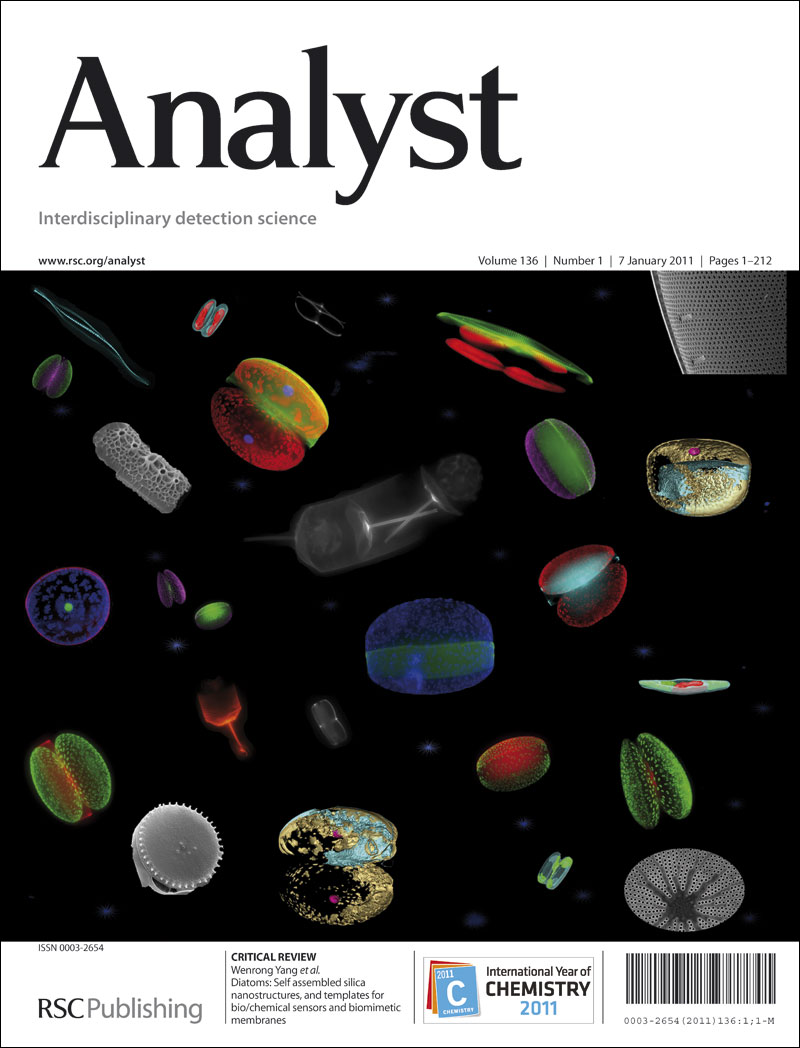Long-term device stability for Raman spectroscopy
IF 3.6
3区 化学
Q2 CHEMISTRY, ANALYTICAL
引用次数: 0
Abstract
Long-term stability of Raman setups is one of the critical criteria for using Raman spectroscopy in real-world applications. Substantial differences from long-term drifts of a device can largely reduce the reliability of the technology and lead to serious consequences in scenarios such as disease diagnostics. A systematic investigation of long-term device stability is urgently needed to understand the device-related variations and to help improve the situation. In this study, 13 substances were measured as quality control references weekly for 10 months on a Raman device as quality control references to investigate instrumental stability over time. The 13 substances were selected to be stable and to cover a wide range of standards, solvents, lipids, and carbohydrates. Approximately 50 Raman spectra of each substance were acquired per measurement day. A data pipeline was constructed to discover the variability (i.e., instability) of the device for the covered time window. Therein, the stability of the measurement was benchmarked from multiple perspectives, including the intensity variations, the correlation coefficients, the clustering, and the classification. The results suggested the device variability to be more random than systematic. Nonetheless, we demonstrated the possibility of decreasing the variations from the data via computational methods. In particular, we estimated the spectral variations by a network adapted from the variational autoencoder (VAE) and suppressed them from the measured data by the extensive multiplicative scattering correction (EMSC) method. This could improve the prediction of independent measurement days for three representative classification tasks.拉曼光谱的长期器件稳定性
拉曼装置的长期稳定性是在实际应用中使用拉曼光谱的关键标准之一。设备长期漂移产生的巨大差异会大大降低技术的可靠性,并在疾病诊断等情况下导致严重后果。迫切需要对器械的长期稳定性进行系统的调查,以了解器械相关的变化并帮助改善这种情况。在这项研究中,13种物质作为质量控制参考,每周在拉曼装置上测量10个月,作为质量控制参考,研究仪器随时间的稳定性。这13种物质是稳定的,涵盖了广泛的标准、溶剂、脂类和碳水化合物。每个测量日获得每种物质约50个拉曼光谱。构建了一个数据管道来发现设备在覆盖时间窗口内的可变性(即不稳定性)。其中,从强度变化、相关系数、聚类、分类等多个角度对测量结果的稳定性进行了基准检验。结果表明,设备的可变性是随机的,而不是系统的。尽管如此,我们证明了通过计算方法减少数据变化的可能性。特别地,我们利用变分自编码器(VAE)网络估计了光谱变化,并通过广泛乘法散射校正(EMSC)方法从测量数据中抑制了它们。这可以提高对三个代表性分类任务的独立测量天数的预测。
本文章由计算机程序翻译,如有差异,请以英文原文为准。
求助全文
约1分钟内获得全文
求助全文
来源期刊

Analyst
化学-分析化学
CiteScore
7.80
自引率
4.80%
发文量
636
审稿时长
1.9 months
期刊介绍:
"Analyst" journal is the home of premier fundamental discoveries, inventions and applications in the analytical and bioanalytical sciences.
 求助内容:
求助内容: 应助结果提醒方式:
应助结果提醒方式:


